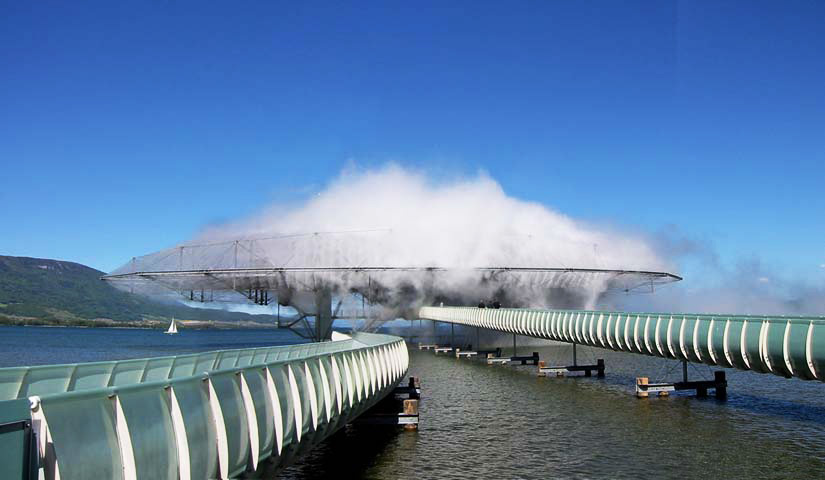
What IT hiring looks like heading into 2025
www.computerworld.com
Despite low unemployment in the IT industry, IT hiring has slowed over the past two years and is expected to plateau in 2025 as employers prioritize experienced candidates with specialized skills, according to three new studies. They found that companies are shifting from volume hiring to quality hiring, leading to fewer roles for tech job candidates.Staffing firm ManpowerGroup, which just published its Q1, 2025 report on hiring, claimed IT hiring leads all other professions in the US but predicted employers will still pull back on hiring next year because of economic uncertainty.As we move into 2025, were seeing stable year-over-year hiring trends, with employers holding onto the talent they have and planning muted hiring for the quarter ahead, said Jonas Prising, ManpowerGroup Chair & CEO.Overall, the studies by ManpowerGroup, online hiring platform Indeed, and Deloitte Consulting showed that IT hiring will increasingly be based on having flexible skills that can meet changing demands. Employers know a skilled and adaptable workforce is key to navigating transformation, and many are prioritizing hiring and retaining people with in-demand flexible skills that can flex to where demand sits, Prising said.Becky Frankiewicz, president of the North America Region at ManpowerGroup, said that while hiring plans remain steady, a closer look at the data indicates employers will adopt a more strategic approach in the first quarter of 2025, with a focus on retaining existing talent and prioritizing in-demand skills in areas like IT, financial services, and manufacturing, she said.Real time, we are seeing companies take longer to make a hire and seasonal hiring patterns are changing too, [with] more hiring earlier on in the season and less intense [during] holiday periods, Frankeiwicz said. This tells us this isnt your typical cycle. Were watching the labor market normalize at different speeds across industries. Its a sign that organizations are adapting and becoming more precise in their workforce planning.ManpowerGroupIndeed economist Cory Stahle said the latest US jobs data shows increased IT hiring, indicating stability heading into the new year. At the same time, Stahle reiterated past assessments by others of a potential cooling, as companies continue to rebalance after a hiring surge in 2021 and early 2022 driven by pandemic-related demand for tech services.Knowledge worker roles like in the tech and marketing sectors are cooling, Indeeds 2025 US Jobs & Hiring Trends Report said.Quit rates also reflect labor market dynamics and job seeker confidence. A declining quit rate could signal lower enthusiasm, as workers are less confident in finding new jobs, according to Indeed. After rising sharply during the Great Resignation of 2021-2022, the quits rate has steadily declined, Indeed said. In September, it hit 1.9%, its lowest since July 2015, before rising to 2.1% in October. The pullback in job postings, particularly in tech, likely affects job seekers confidence, Indeed said.Additionally, generative artificial intelligence (genAI) is affecting entry-level hiring, as more and more repetitive or lower-level jobs, such as helpdesk tasks, get automated. Those jobs can often be handled by AI agents such as Microsoft 365 Copilot, Amazon CodeWhisperer, and IBM Watson Assistant.IndeedRight now, genAI appears to have the greatest potential impact on knowledge workers, Stahle said. Recently released Hiring Lab researchshows that genAI often does well with theoretical tasks like creating a recipe and does less well at hands-on tasks like making food.AI isnt replacing jobs so much as it is reshaping the nature of work, said Elizabeth Lascaze, a principal in Deloitte Consultings Human Capital practice. She, too, sees evidence that entry-level roles focused on tasks like note-taking or basic data analysis are declining as organizations seek more experienced workers for junior positions.Todays emerging roles require workers to quickly leverage data, generate insights, and solve problems, she said, adding that those skilled in using AI, such as cybersecurity analysts applying AI for threat detection, will be highly sought after.Although the adoption of AI has led to some growing pains, many workers are actually excited about it, Lascaze said, with most employees believing it will create new jobs and enhance their careers. Our survey found that just 24% of early career workers and 14% of tenured workers fear their jobs will be replaced by AI, Lascaze said. Tenured workers are more likely to lead organizational strategy, so they may prioritize AIs potential to improve efficiency, sophistication, and work quality in existing roles rather than AIs potential to eliminate certain positions.These workers reported being slightly more focused on building AI fluency than early-career employees, Lascaze said. With so many early-career employees reporting excitement around using AI, organizations should establish reverse mentorship opportunities where tenured staff can learn the ropes.GenAI-related jobs are still rare, accounting for about two in 1,000 nationwide as of October. But they are growing quickly, according to Indeed.Along those lines, a new report by online interview platform Karat found that the share of US engineering leaders now hiring for AI engineer roles (60%) has nearly doubled compared to last year (35%) and theyre prioritizing AI skills:AI engineering (74%)Integrating AI functionality into products via API (62%)Data science (58%)The arrival of AI and genAI tools in the workplace has meant increased workloads and higher expectations for many workers. Both are major AI-related career issues: Indeeds recent survey on genAIs impact on workers found that 77% of AI users reported heavier workloads, yet nearly half were unsure how to use AI for efficiency.Many of Indeeds survey respondents said they face a lack of training, AI quality issues, ethical concerns, and disappointment with AI tools. Thats a critical mismatch with the 96% of C-suite leaders who expect AI to boost productivity, which is unlikely to happen until they align AI tools and training with workforce capabilities and expectations, the survey indicated.IndeedDeloittes own survey found 68% of older workers and 83% of early-career workers now use AI. Tenured employees with AI experience remain just as likely to embrace AI when given the right learning opportunities. And that opens the door for internal training possibilities.An internal AI skills marketplace could connect them with projects to apply their skills and enhance strategic planning, Lascaze said. Formal mentorship programs, where early-career employees are paired with tenured staff, can become safe places for junior staff to experiment with problem-solving, learn how to navigate their careers and deepen their interpersonal skills.
0 Comments
·0 Shares
·156 Views











